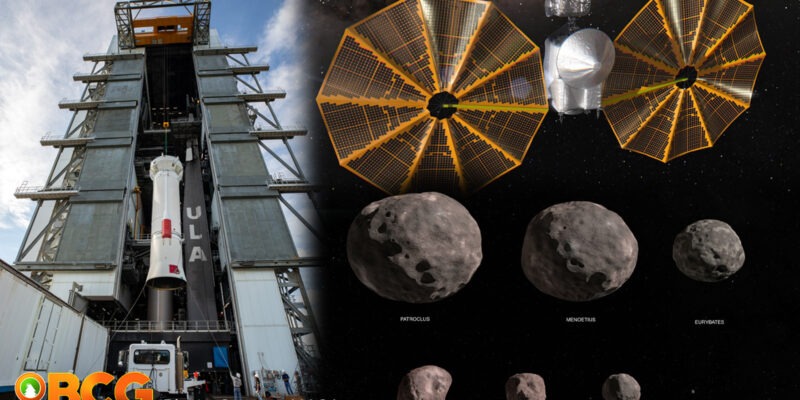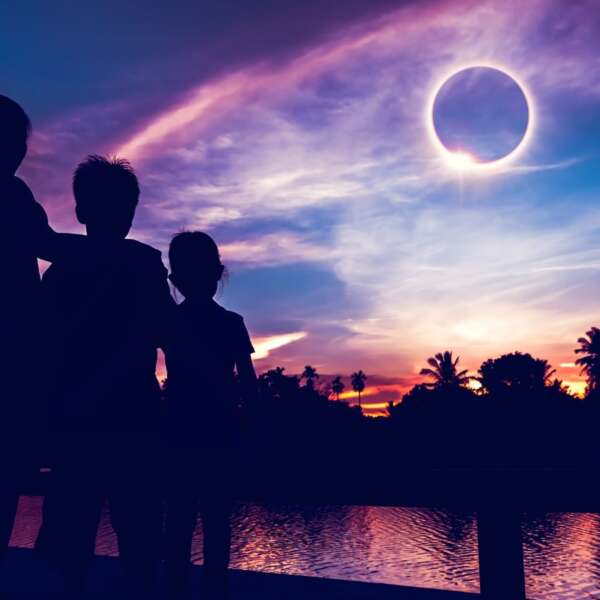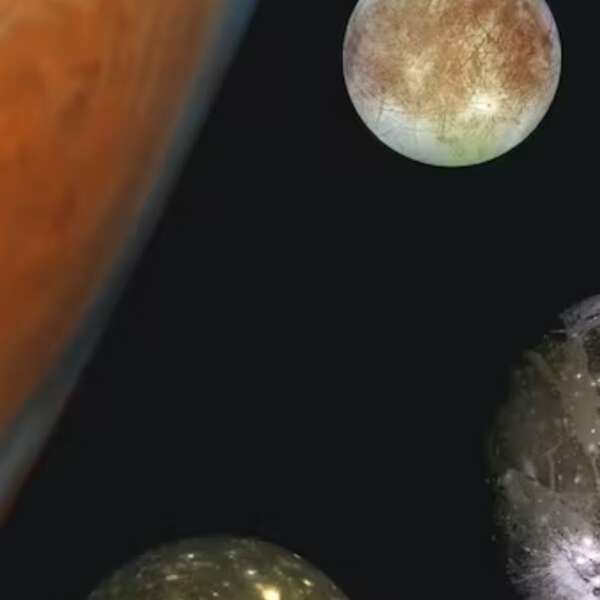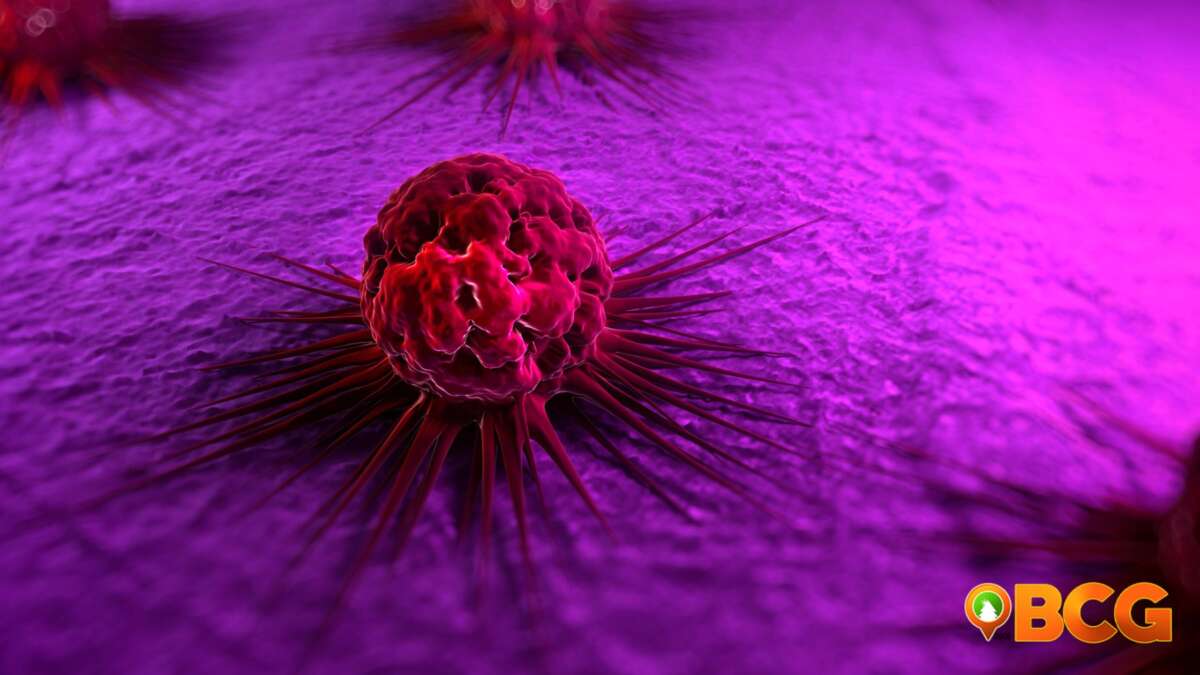NASA to Launch Mission That Could Possibly Reveal the Solar System’s Early History
National Aeronautics and Space Administration (NASA) has announced the launch of Lucy’s mission to Jupiter’s Trojan asteroids in hopes to find clues about the solar system’s history.
Lucy will be the first spacecraft of its kind to take flight past the asteroid belt, into the asteroids found in Jupiter’s orbit. NASA has already tested its functions, filled it with fuel, and is now preparing to pack it into a capsule for launch on October 16, 2021.
Jupiter Trojans
Trojans are asteroids varying in size, which orbit in front of and behind the gas giant, Jupiter. It is named after characters in Greek mythology and is believed to contain remnants and or fossils of planetary formation.

Illustration of the Lucy mission’s seven targets: the binary asteroid Patroclus/Menoetius, Eurybates, Orus, Leucus, Polymele, and the main belt asteroid DonaldJohanson. Credits: NASA’s Goddard Space Flight Center Conceptual Image Lab
Studying these asteroids’ surface geology, color and composition, interiors. bulk properties, satellites, and rings could help scientists piece together how the solar system was formed about 4.5 billion years ago.
NASA’s Lucy Mission
The Lucy mission will take flight on a twelve-year space odyssey farther from the sun than any other solar-powered spacecraft in history. The mission was named after an early hominid fossilized skeleton discovered by Donald Johanson and Tom Gray in Ethiopia on Nov 24, 1974 who provided insights into humanity’s evolution, something the Lucy mission of NASA hopes to do with the planetary origins and formation of the Solar System.
“With Lucy, we’re going to eight never-before-seen asteroids in 12 years with a single spacecraft,” said Tom Statler, Lucy project scientist at NASA Headquarters in Washington. “This is a fantastic opportunity for discovery as we probe into our solar system’s distant past.”
Lucy’s first launch attempt is scheduled for 5:34 a.m. EDT on Oct. 16. That day, the team will be “called to stations” at 1 a.m., which is when everyone is expected to arrive at mission control and other stations to monitor the spacecraft and run through the full launch countdown procedures. If weather or any other issues prohibit a launch that day, the team will have additional launch opportunities beginning the following day.
Southwest Research Institute in Boulder, Colorado, is the home institution of the principal investigator for the Lucy mission. Goddard provides overall mission management, systems engineering, and safety and mission assurance. Lockheed Martin Space in Littleton, Colorado, built the spacecraft. Lucy is the 13th mission in NASA’s Discovery Program. NASA’s Marshall Space Flight Center in Huntsville, Alabama, manages the Discovery Program for the agency’s Science Mission Directorate in Washington. The launch is managed by NASA’s Launch Services Program based at Kennedy.















